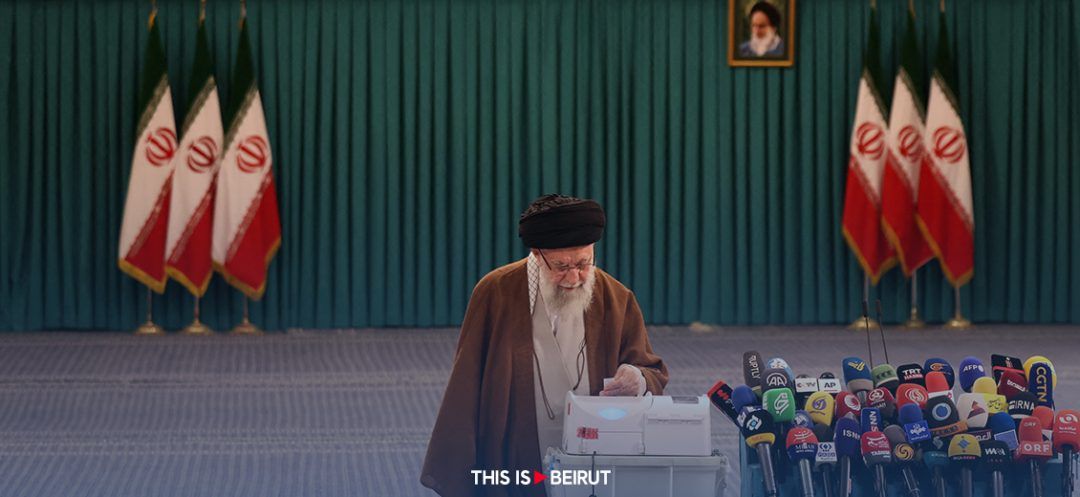- Home
- Middle East
- Iran's Hardline Representatives Tighten Grip on Parliament

©(Photo by ATTA KENARE / AFP)
Iran's conservatives and ultra-conservatives clinched more seats in a partial rerun of the country's parliamentary elections, official results showed on Saturday, tightening their hold on the chamber.
Voters had been called to cast ballots again on Friday in regions where candidates failed to gain enough votes in the March 1 election, which saw the lowest turnout — 41 percent — since the 1979 Islamic Revolution.
Candidates categorized as conservative or ultra-conservative on pre-election lists won the majority of the 45 remaining seats up for grabs in the vote held in 15 of Iran's 31 provinces, according to local media.
For the first time in the country, voting on Friday was a completely electronic process in eight of the 22 constituencies in Tehran and the cities of Tabriz in the northwest and Shiraz in the south, state TV said.
"Usually, the participation in the second round is less than the first round," Interior Minister Ahmad Vahidi told reporters in Tehran, without specifying what the turnout was in the latest round.
Elected members are to choose a speaker for the 290-seat parliament when they begin their work on May 27.
In March, 25 million Iranians took part in the election out of 61 million eligible voters.
The main coalition of reform parties, the Reform Front, had said ahead of the first round that it would not participate in "meaningless, non-competitive, and ineffective elections."
The vote was the first since nationwide protests broke out following the September 2022 death in custody of Mahsa Amini, a 22-year-old Iranian Kurd, arrested for allegedly breaching the Islamic republic's strict dress code for women.
In the 2016 parliamentary elections, first-round turnout was above 61 percent, before falling to 42.57 percent in 2020, when elections took place during the COVID pandemic.
With AFP
Voters had been called to cast ballots again on Friday in regions where candidates failed to gain enough votes in the March 1 election, which saw the lowest turnout — 41 percent — since the 1979 Islamic Revolution.
Candidates categorized as conservative or ultra-conservative on pre-election lists won the majority of the 45 remaining seats up for grabs in the vote held in 15 of Iran's 31 provinces, according to local media.
For the first time in the country, voting on Friday was a completely electronic process in eight of the 22 constituencies in Tehran and the cities of Tabriz in the northwest and Shiraz in the south, state TV said.
"Usually, the participation in the second round is less than the first round," Interior Minister Ahmad Vahidi told reporters in Tehran, without specifying what the turnout was in the latest round.
Elected members are to choose a speaker for the 290-seat parliament when they begin their work on May 27.
In March, 25 million Iranians took part in the election out of 61 million eligible voters.
The main coalition of reform parties, the Reform Front, had said ahead of the first round that it would not participate in "meaningless, non-competitive, and ineffective elections."
The vote was the first since nationwide protests broke out following the September 2022 death in custody of Mahsa Amini, a 22-year-old Iranian Kurd, arrested for allegedly breaching the Islamic republic's strict dress code for women.
In the 2016 parliamentary elections, first-round turnout was above 61 percent, before falling to 42.57 percent in 2020, when elections took place during the COVID pandemic.
With AFP
Read more



Comments